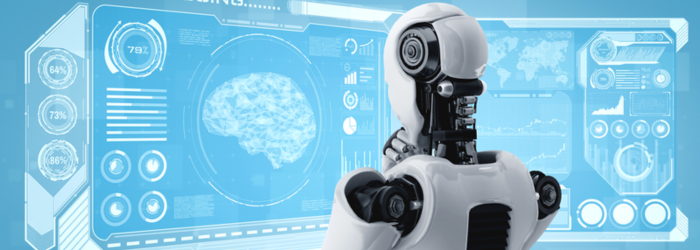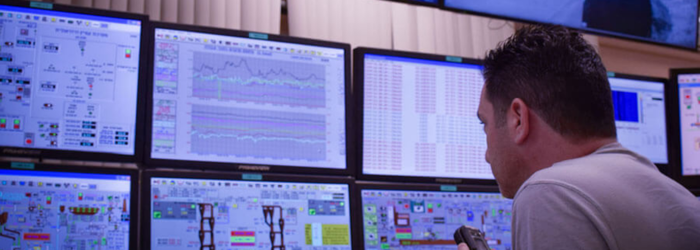Programmable Logic Controllers (PLCs) are the unsung heroes behind the seamless automation of industrial processes. As a beginner stepping into the world of PLC programming, the journey may seem daunting, but fear not! This blog is your compass, guiding you through the essential aspects of PLC programming, unraveling the mysteries, and providing a roadmap to kickstart your exploration.
1. Understanding the Basics:
Begin by demystifying the basics of PLCs. Explore what PLCs are, their history, and the pivotal role they play in automating diverse industrial applications.
2. Essential Components of a PLC:
Dive into the anatomy of a PLC. Understand the core components, including the CPU, memory, input modules, output modules, and the programming interface.
3. PLC Programming Languages:
Uncover the languages used in PLC programming. Delve into ladder logic, function block diagrams, structured text, and other programming languages employed to create logic for PLCs.
4. Hands-On Programming:
Get hands-on with PLC programming. Familiarize yourself with programming software, understand the basics of creating a project, and practice writing simple programs.
5. Creating Logic with Ladder Diagrams:
Focus on ladder logic, one of the most widely used programming languages in PLCs. Learn to create logic using ladder diagrams, understand symbols, and grasp the principles of sequential control.
6. Input and Output Operations:
Explore the world of input and output operations. Understand how PLCs interact with sensors and actuators to control processes in real-time.
7. PLC Communication:
Delve into the communication capabilities of PLCs. Learn how PLCs exchange data with other devices, allowing for seamless integration within industrial networks.
8. Troubleshooting and Debugging:
Equip yourself with troubleshooting skills. Understand common issues in PLC programming, learn to debug programs, and grasp the importance of systematic problem-solving.
9. Advanced PLC Features:
Graduate to advanced features of PLCs. Explore timer and counter functions, analog input/output processing, and other advanced capabilities that enhance the versatility of PLC programming.
10. Continuous Learning and Resources:
Conclude by emphasizing the importance of continuous learning. Discover additional resources, online communities, and educational platforms that can further enrich your knowledge and skills in PLC programming.
In essence, PLC programming, once demystified, becomes an exciting and empowering journey. As you embark on this adventure, remember that every line of code contributes to the seamless functioning of industrial processes. Embrace the challenge, celebrate the small victories, and know that you’re venturing into a realm where your programming prowess shapes the heartbeat of automation. Happy coding!





